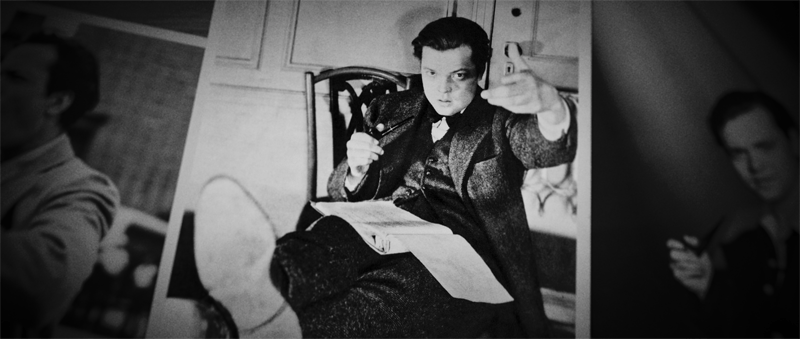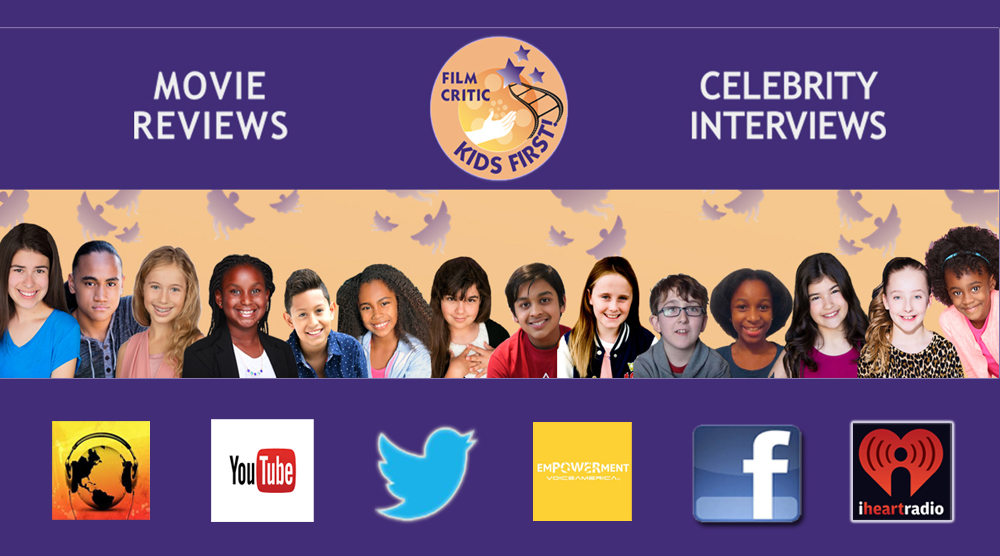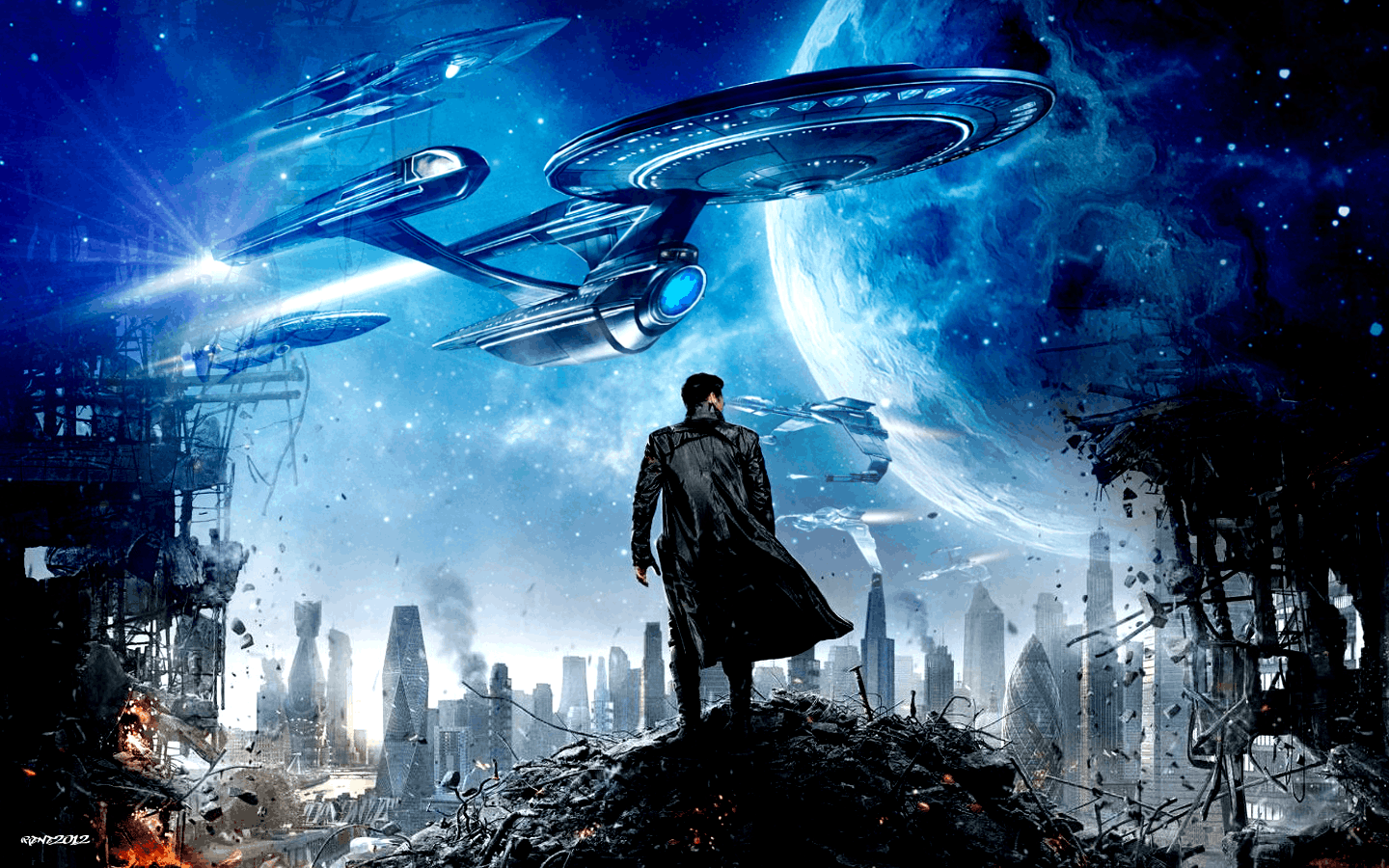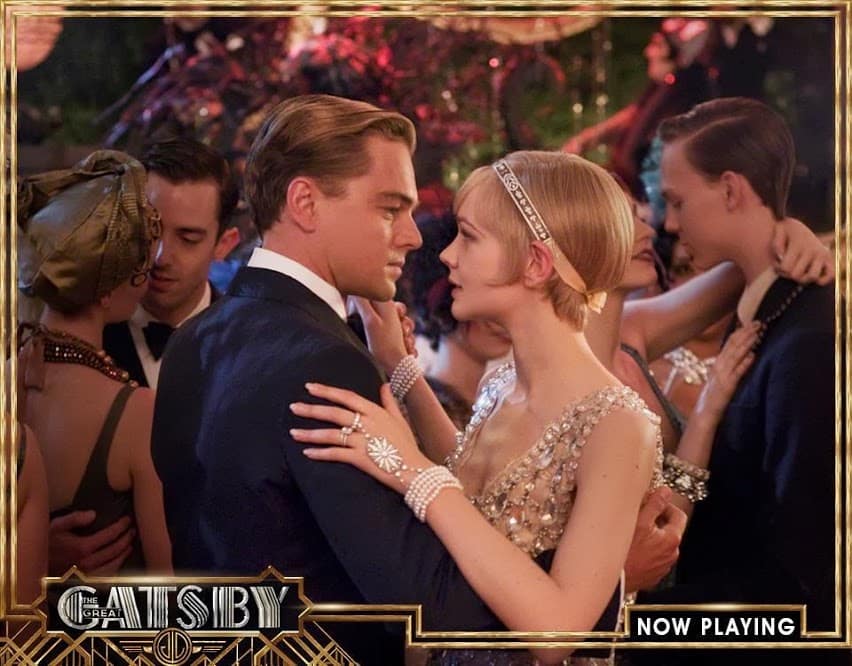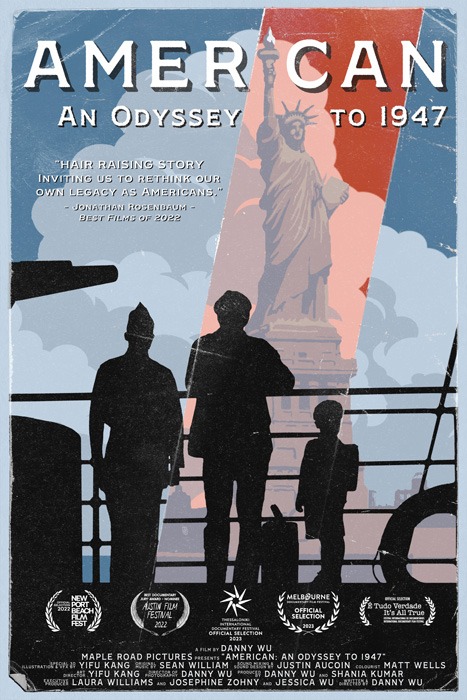
Following the rise and fall of Orson Welles, while interweaving stories of diverse individuals amidst the backdrop of the Great Depression, World War II, and the dropping of the atomic bomb, director Danny Wu’s American: An Odyssey To 1947 sheds light on the defining moments that shaped the destinies of the subjects, and the nation’s collective consciousness. In the early 1940s, director Orson Welles navigates his meteoric Hollywood rise. As WWII begins, a Japanese American boy visits abroad, and an African American soldier enlists in the army. As the story heads towards 1947, each character follows their own ambitions in search of their American identity. The tone of the film is split into two halves, with the first half being about the romantic rise of a great American director, and the second half transitioning into the realities of race and life in the Jim Crow era. In the end, as one American returns home, another American is forced into exile.
KIDS FIRST! Film Critic Eshaan M. comments, “With vivid interviews and b-roll to complement its engaging narrative, American: An Odyssey to 1947 had me glued to the screen and enhanced my understanding of a transformative era in American history.” See his full review and interview with director, Danny Wu below.
American: An Odyssey to 1947
By Eshaan M., KIDS FIRST! Film Critic, age 17
With vivid interviews and b-roll to complement its engaging narrative, American: An Odyssey to 1947 had me glued to the screen and enhanced my understanding of a transformative era in American history.
The film takes viewers through the first half of the 20th century, following stories as diverse as Citizen Kane star Orson Welles rising to fame, to FDR shaking up politics, to Japanese citizens being shipped to internment camps. Things students might yawn at in class — the makeup of the Northern and Southern Democratic Party, for example — are made captivating as they’re examined through different lenses, including seeing mid-century politics through the shifting relationship of media magnate William Randolph Hearst and FDR.
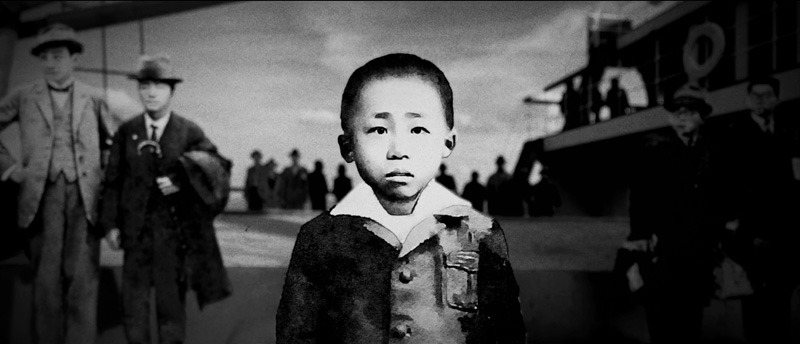
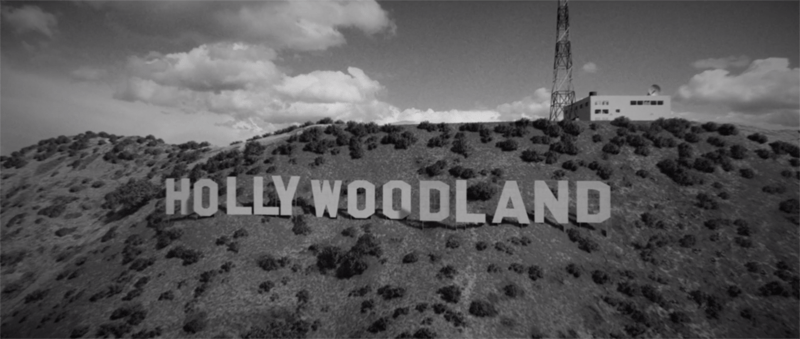
Thanks to its detailed, well-paced interviews and high-quality photos and videos, American: An Odyssey to 1947 seems destined not for a history classroom but for the silver screen. It might take some time to get used to the multiple narratives being presented, as there isn’t much of a transition between them, but viewers can be assured that all becomes clear within the first thirty minutes. The cinematography is clean and clear, as is the soundtrack. My favorite part of the editing is the interspersed of archival interview footage from Orson Welles and others from the 20th century, as well as the somewhat-experimental initial and final sequences shot in black-and-white.
This film promotes patriotism, but also suggests there’s more to American identity than meets the eye — some bad and some good. The film is all about looking back at our experiences and doing better going forward.
American: An Odyssey to 1947 gets 5 stars out of 5 from me and I recommend it for ages 12 to 18, plus adults. The film opens in select theaters beginning September 8, 2023 in New York City and releases on digital platforms September 12, 2023.
